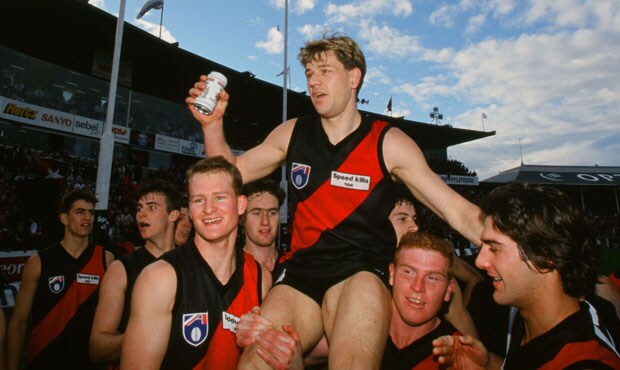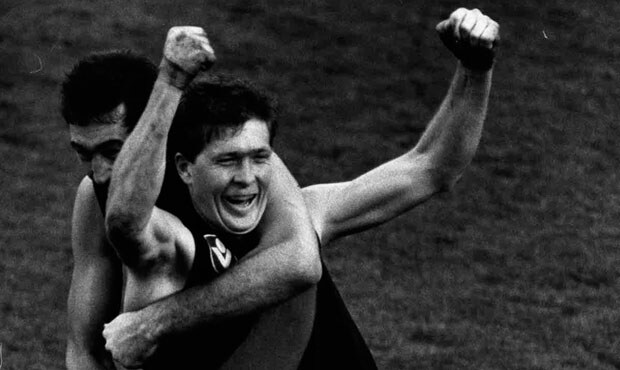Generations change attitudes. Social standards are very important, as is the protection of the game and its players.
The ‘thug’ has been eliminated from the game, but has the ‘hard man' gone too?
The pace of the game and the courage required has seen a new type of toughness emerge. It is quite clear in my mind that despite the reputations for toughness of opposition players in my era I felt safe. Players knew how to turn their bodies and use their hips, backsides and shoulders to protect ball space and themselves. Heads were never used as a method of milking free kicks. Players knew how to use their bodies and in fact it was an art form. While the head has to be protected and player’s courage is never questioned, this has led to the very dangerous situation of players putting their head in first as they know they will receive an immediate free kick.
They have lost the skill to turn their bodies, use their hips and bump with the shoulder in case they make negligent, incidental or accidental head contact often resulting in a report. So for every action there has been a reaction.
Tough players, courageous players and hard men of the game - I was trying to think of a good example, not necessarily an Essendon player but a player I played against at both club and state of origin level. Carl Ditterich, Don Scott, our own Ronnie Andrews, Big Roger Merrett, Dipper, Cowboy Neale immediately come as some examples of the hard men of football. But to my mind the pound for pound hardest player was a man that stood 183cm and weighed 76kg. Carlton’s Ken Hunter had was so courageous that it would actually distract you during a game. Eyes on the ball, backing into marking contests - hardman or toughman doesn’t seem to fit with the name Ken Hunter. I can’t actually thing of a player I played with or against that was any better in the three phases of ‘toughness’. Pound for pound.
Over the years Essendon has had more than its share of hard men. Every team carried their ‘enforcer’. A player that ensured the more creative, diminutive or skilful players were given adequate protection. The game allowed the square up either during that game or in years to come. And there was always the square up.
Essendon has always had its courageous yet skilful ball winners. So the older game deemed that they needed protection. Hence hard men were required. Going back many decades the likes of Jack Cassin (father of John) and Bob ‘Swampy’ Syme ensured that Reynolds and Hutchison were looked after.
John Coleman was an obvious target. Despite his reputation as one of the greatest of all time ‘Coley’ was a tough bugger and never one to back down. Ultimately suspension cost him and he missed the 1951 Grand Final. Jack Clarke, John Birt and Ken Fraser were wonderful architects and total ball blayers. Don McKenzie and ‘Bluey’ Shelton either protected or squared up. They were Coleman’s ‘key advisors’ in a brilliant 1960’s cabinet.
You also have to take into account the different types of courage and mental toughness. T he ability to play injured, the ability to fight the game out, to never give in and to keep running. Sometimes these are true tests of courage.
The ‘hard men’ of Essendon’ not only attacked the ball with great courage, they also had an innate ability to remove obstacles in their way; otherwise known as ‘the opposition. They sought physical contact, dished it out and copped it also. When it was their turn they stood under the high ball and of course if it ‘was on’, it WAS on.
Here are some of my observations on a selection of hard men to have represented our Club.
1. Don McKenzie
I had just turned 18 and played my first game as 20th man against Footscray in Round 6 1974. Sitting alongside me, in his final year, was a relic of the 60’s. Macca. We shared one thing in common. The old style Essendon dressing gowns for 19th and 20th men. The man that Dick Reynolds said no to, and who John Coleman played in every game he coached. Macca was listed as a 190cm and 88kg ruckman. His era was Farmer, Nicholls, Ditterich, Teasdale, Scott, Newman, Thompson, Gabelich. He took on Whitten, Barassi and Weideman. He epitomised ‘real’ Essendon and what playing for the jumper was all about.
2. Ronald Andrews
From Redan in Ballarat. Played u/19, seconds and seniors all in his debut year. Scary, tough and courageous. Represented Victoria in 1977 and 1978 and the ‘best of team’. Could really play. Deceptively quick and had very good straight line speed. What made him dangerous was that he didn’t have a great turning circle so he literally ran in straight lines - usually through or over opposition and team mates alike. Do not underestimate his huge talent. Andrews polled well in the Brownlow Medal with 63 career votes. He was the Bombers’ second top vote getter in 1975, 1976, 1978 (equal) and 1982 and was third top in 1977 and 1981. We were robbed of Essendon greatness through a really bad knee reconstruction. He was clearly capable of being in Essendon’s Best 25 had it not been for that shocking injury. He was the worst bloke to do competitive work with on the training track.
3. Dean Solomon
‘Solly’ was selected in the 1997 AFL Draft by Essendon with a 2nd round selection, number 20 overall. He formed part of the great 2000 premiership backline with Damien Hardwick and Dean Wallis. Now that’s a good pick. Solomon grew up in the tough mining town of Broken Hill, playing for the North Broken Hill Football Club. He bought that background with him. Frustration with a degenerative knee injury curtailed his pace towards the end of his career, but early doors he was genuinely quick. Loved by supporters and team mates ‘Solly’ was in some ways ‘the last of the Mohicans’ in terms of how the game was changing and how he liked to play the game. They didn’t mix at times. Like the other players in this group he displayed enormous courage in his attack on the ball and had a great will to compete and win. No fear.
4. Mark Harvey
Has to be on this list. Again these players had a great capacity to balance amazing courage with a genuine desire to make physical contact. ‘Harves’ was probably the most relentless in his attack on the ball and displayed no consideration for his own personal safety. Harvey retired in 1997 after realising injuries had taken their toll on his body and he could no longer contribute to the side in the way he would like. Interestingly he probably ranks as Kevin Sheedy’s all-time favourite player at Essendon and that is a huge acclamation. He is listed as number 18 in the Champions of Essendon. Enough said.

5. Alan Davis
Here’s one from left field for the historians. Davis was 16 years old and the youngest player on the ground in St. Kilda’s 1966 premiership. He played 250 games and kicked over 350 goals. He joined Essendon for two years in the 1978-79 seasons playing 33 games. ‘Davo’ or ‘Megsy’ had sublime balance and skill. These were young developing teams, particularly in ‘78. ‘Davo’ had a presence. Simply tough as nails. Highly respected by opposition and his presence on the ground gave great confidence to those around him. He had no fear of anyone or anything and while not looking for trouble and prepared to play the ball, Davo’s ‘highly respected’ presence ensured that opposition players were just checking where he was on the field. Yep, tough.
6. Bill Duckworth and Roger Merrett
Key pillars of the back to back premierships. Do not underestimate the skill they possessed in their particular positions. Duckworth as a half back, could be thrown forward, while Merrett had a long apprenticeship before developing into an outstanding centre half forward. Like the other names mentioned they also ‘copped it sweet’ meaning they were not only prepared to dish out physical punishment but there were no complaints when they were on the receiving end. The one common denominator for all the players mentioned was that, when the ball was there to be won, they never shirked one physical contest. That’s the true test of the hard men of Essendon. Roger and Bill were tough in an era where you had to stand up physically.
The day of the hard men is probably over but Essendon looks back over many decades of its history and one can say for sure - we have always had extraordinary talent at our Club. We have also had a great record of looking after that talent on the field. Essendon’s team’s over history have been beautifully balanced. Cassin, Syme, Shelton, McKenzie, Andrews, Duckworth, Merrett, Hardwick, Wallis etc … a balance of real hard men.



